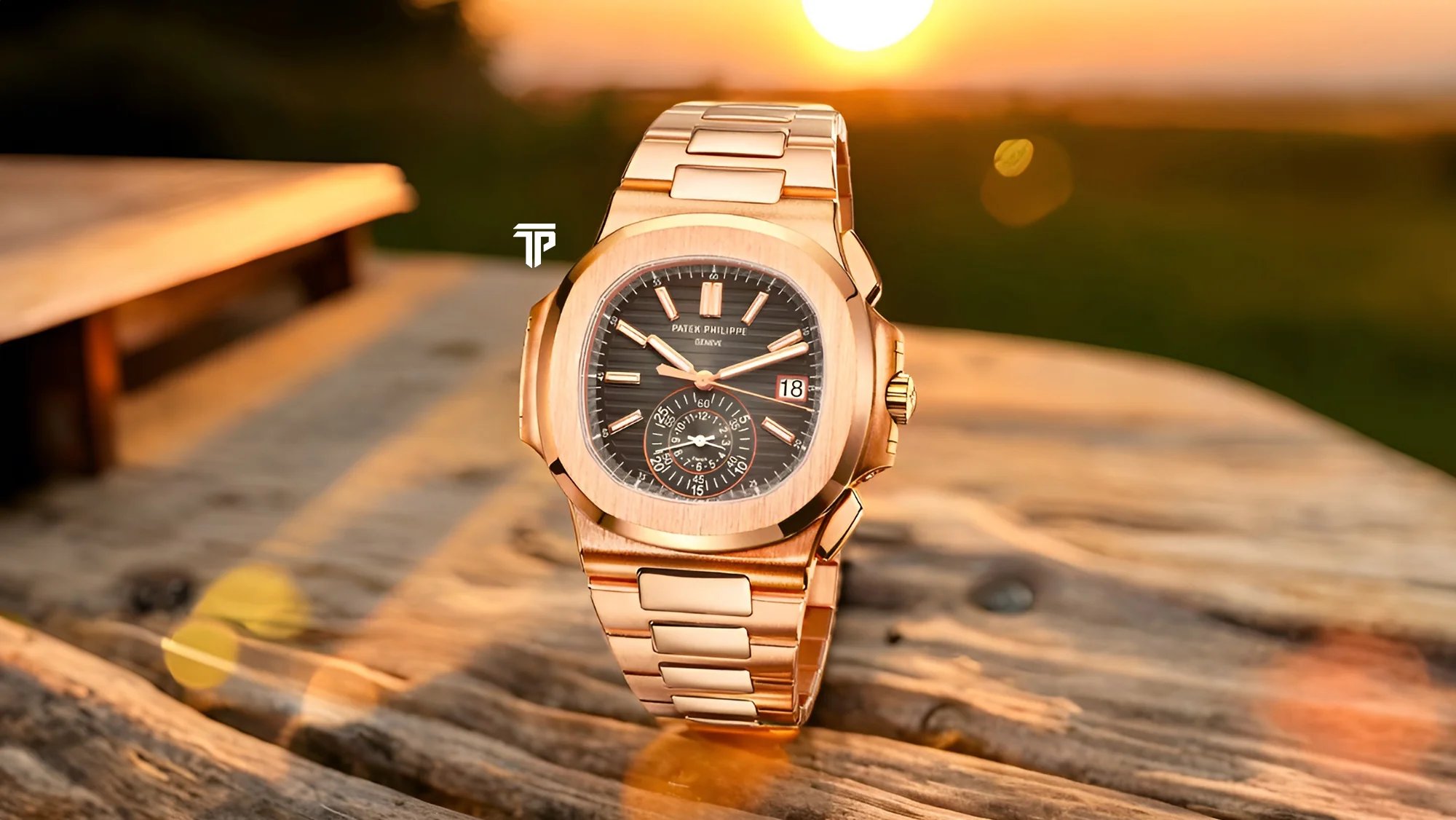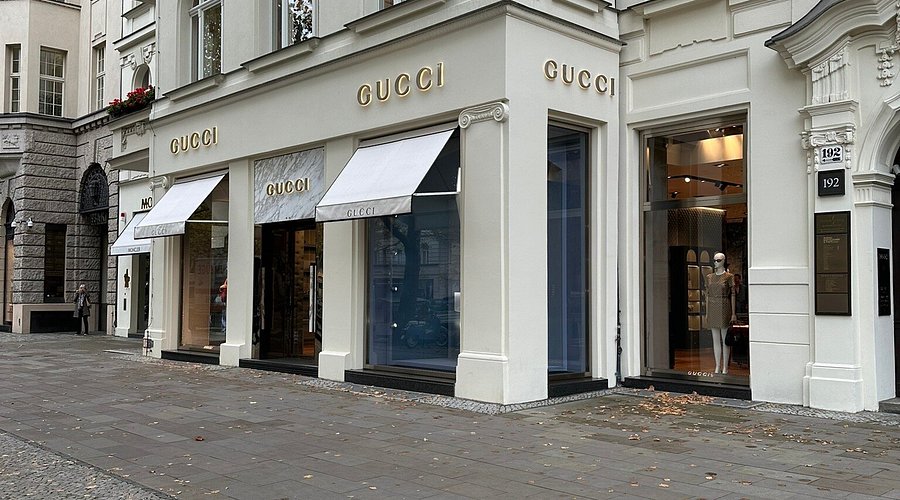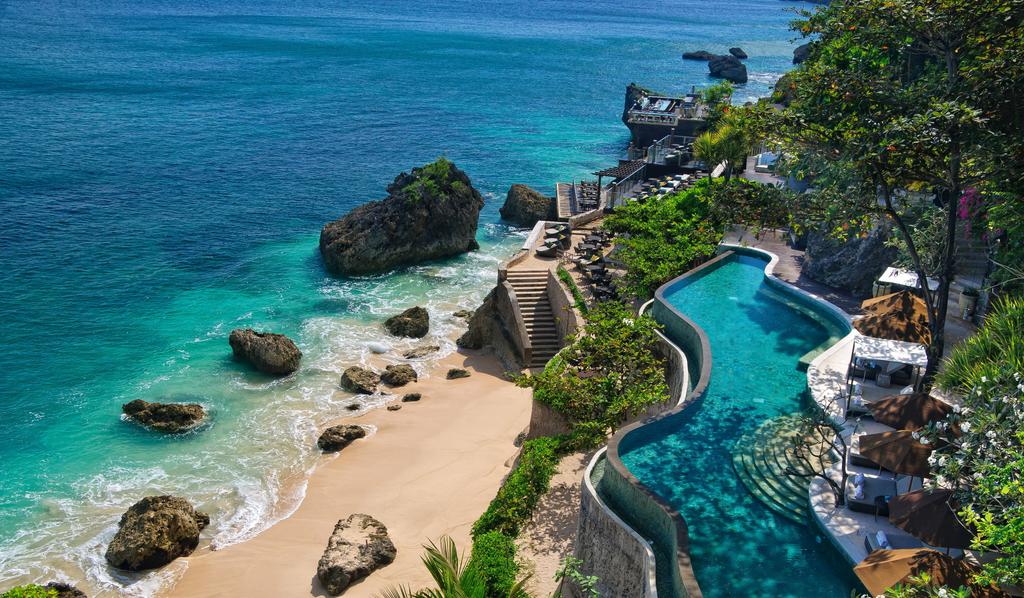Urban Sanctuaries: Why the Ultra-Wealthy Are Investing in Miniature Forests Within Cities
By
John Carter
Last updated:
October 7, 2025
First Published:
October 7, 2025

Photo: Eco-Business
The Rise of Urban Green Investments
As cities expand and urban density increases, a new form of investment is emerging among the ultra-wealthy. Miniature forests, private green enclaves, and landscaped urban sanctuaries are becoming coveted assets. These pockets of nature provide not only aesthetic pleasure but also environmental benefits and a retreat from the relentless pace of urban life. Wealthy individuals are increasingly viewing these green spaces as strategic investments that blend luxury with sustainability.
Luxury Meets Environmental Consciousness
For the modern elite, ownership of green spaces is a statement of both affluence and responsibility. Miniature forests are carefully designed to maximize biodiversity, incorporating native plants, water features, and quiet walking paths. They serve as private oases where owners can escape, reflect, or entertain guests in a serene, natural setting. This trend reflects a growing desire to integrate environmental consciousness into personal and urban wealth portfolios.
Health and Wellbeing as Assets
The value of urban forests extends beyond aesthetics. Numerous studies highlight the physical and mental health benefits of access to nature, including reduced stress, improved focus, and enhanced creativity. By investing in miniature forests, wealthy individuals are effectively prioritizing wellbeing as a tangible asset. These spaces offer daily returns in the form of improved quality of life, which traditional financial instruments cannot provide.
A New Form of Status Symbol
While luxury cars, yachts, and private jets signal status, urban forests represent a more subtle and enduring form of prestige. They reflect an awareness of environmental issues, foresight in urban planning, and a commitment to long-term sustainability. Invitations to private forest spaces are increasingly seen as markers of social and cultural capital, signaling refined taste and influence within elite circles.
Design and Curation of Miniature Forests
Creating a private urban forest requires meticulous planning. Landscape architects, ecologists, and designers collaborate to craft spaces that balance beauty, functionality, and sustainability. Factors such as sunlight, soil composition, and plant diversity are carefully considered. Some collectors even incorporate rare plant species or heritage trees, transforming these microforests into living art pieces that appreciate in cultural and ecological value over time.
Urban Forestry as a Financial Investment
While the primary motivation may be wellbeing and prestige, miniature forests are also recognized for their potential financial benefits. Green spaces can increase the value of surrounding real estate, enhance urban microclimates, and even attract sustainable development incentives. Wealthy individuals often integrate these spaces into broader investment strategies, seeing them as both lifestyle upgrades and smart asset allocation choices.
Technology Enhancing Green Management
Modern technology is revolutionizing the way urban forests are maintained. Smart irrigation systems, soil sensors, and drone-assisted monitoring allow for precise care and optimal growth. These tools ensure that the ecological integrity of the space is preserved while minimizing maintenance costs. Technology transforms these forests from simple aesthetic features into highly curated, sustainable assets that require strategic oversight.
Community Impact and Influence
Although private, miniature urban forests often influence city planning and community perceptions. By demonstrating the benefits of integrating green spaces into dense urban environments, wealthy investors indirectly shape public discourse on urban sustainability. These spaces become examples for municipalities and developers, highlighting how luxury and ecological responsibility can coexist within city landscapes.
The Global Appeal of Urban Green Spaces
This trend is not limited to one region. From New York and London to Tokyo and Singapore, ultra-wealthy individuals are embracing urban forests as both lifestyle enhancements and global status symbols. The universality of this movement reflects a shared understanding that the value of nature within cities transcends cultural boundaries, creating a new arena where wealth, influence, and environmental stewardship intersect.
Future Outlook for Urban Sanctuaries
As cities continue to grow and climate concerns intensify, the investment in miniature urban forests is expected to expand. They offer a unique convergence of luxury, sustainability, and personal wellbeing. For the ultra-wealthy, these sanctuaries are not just retreats but strategic assets that enhance quality of life, preserve environmental value, and quietly signal cultural leadership in a world increasingly defined by urban challenges.
Subscribe to unlock premium content
Sed at tellus, pharetra lacus, aenean risus non nisl ultricies commodo diam aliquet arcu enim eu leo porttitor habitasse adipiscing porttitor varius ultricies facilisis viverra lacus neque.
A comprehensive guide on Agile development

10 Productivity tools that are worth checking out

Top 7 Must have management tools for productivity

A comprehensive guide on Agile development

10 Productivity tools that are worth checking out

A comprehensive guide on Agile development








.png)
